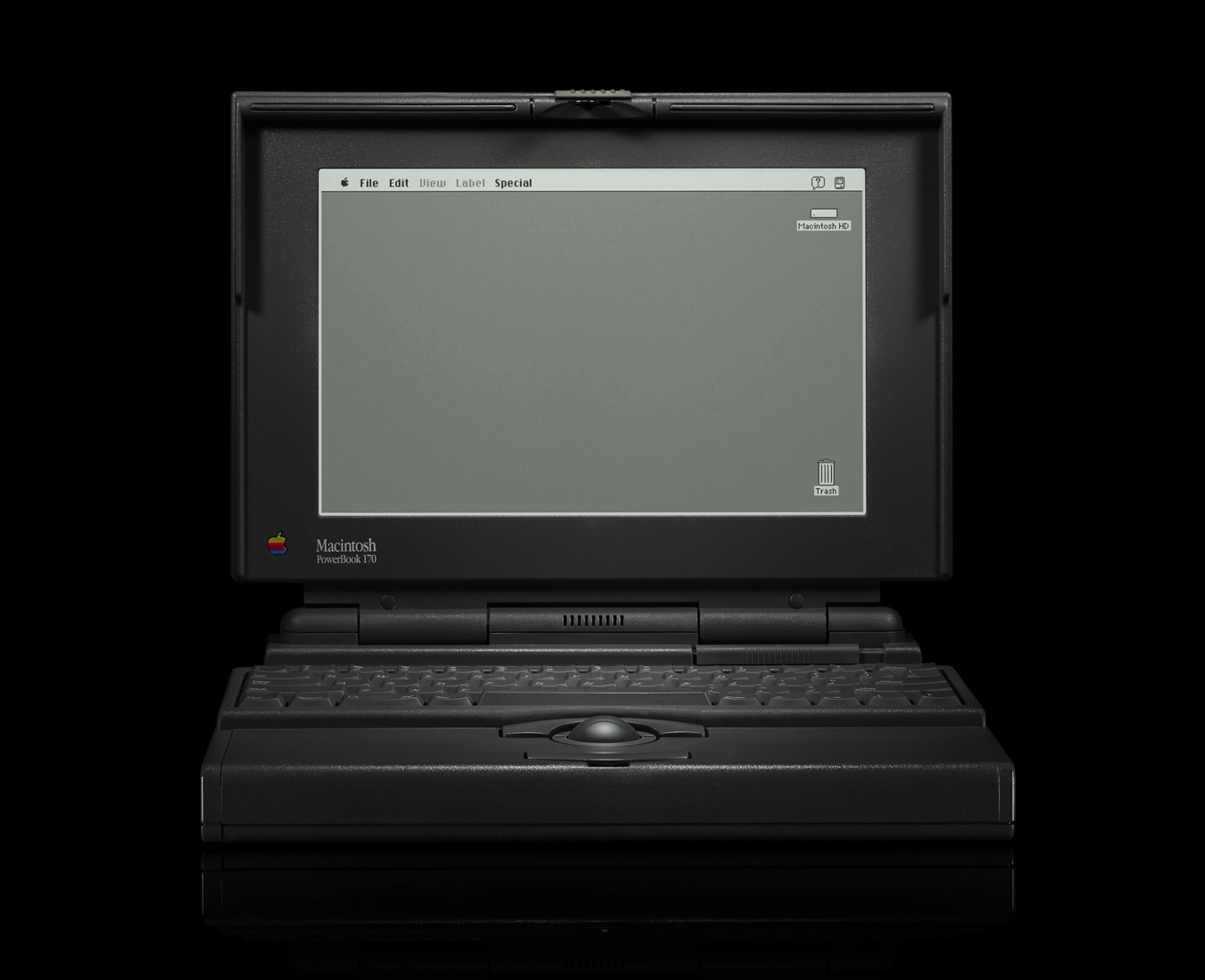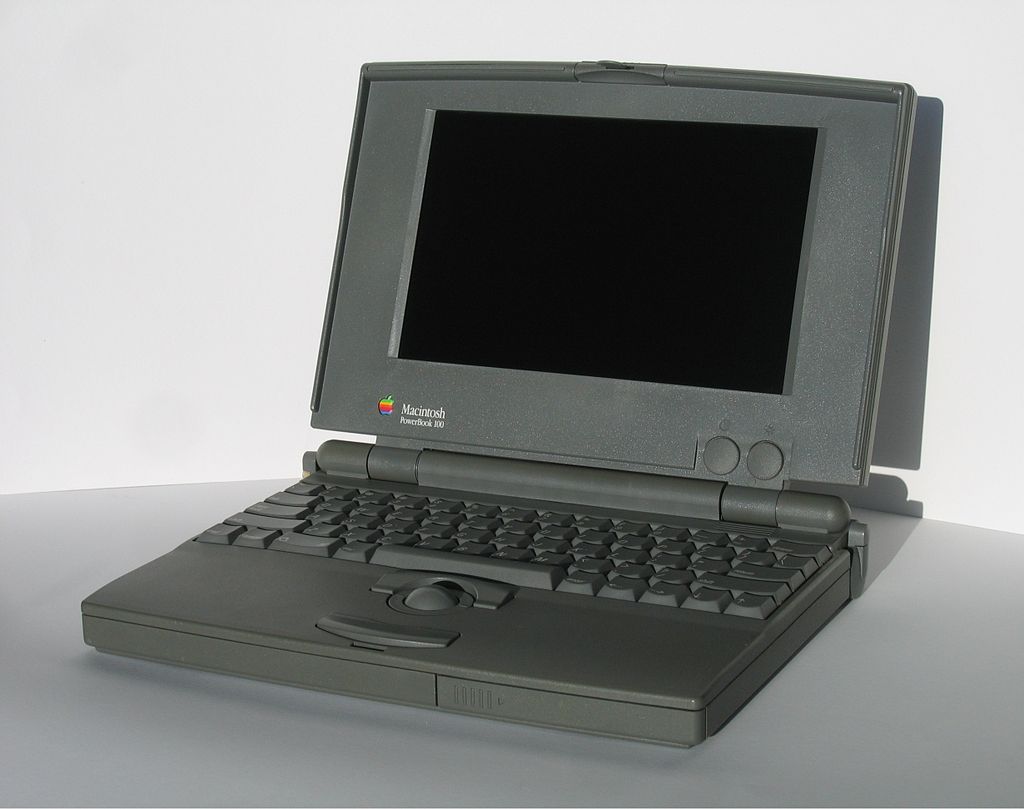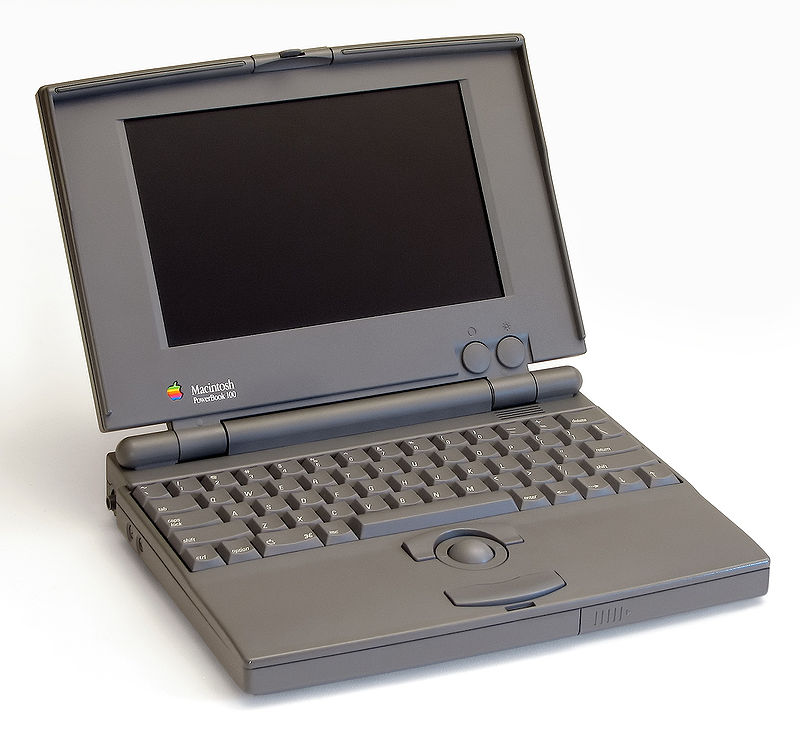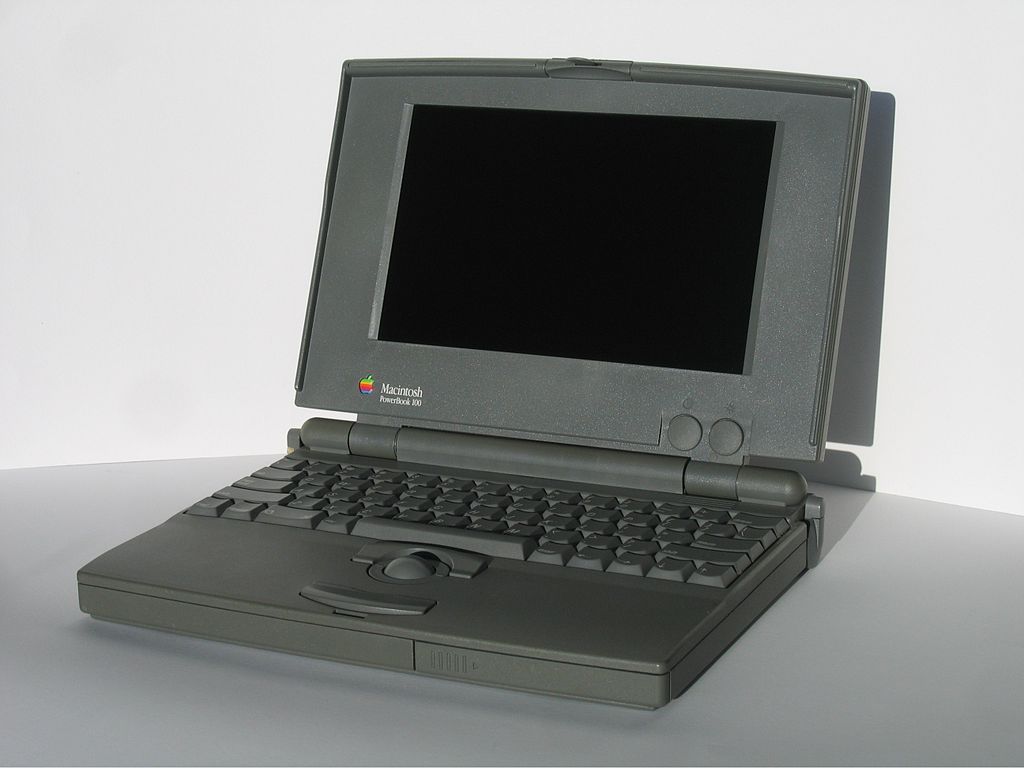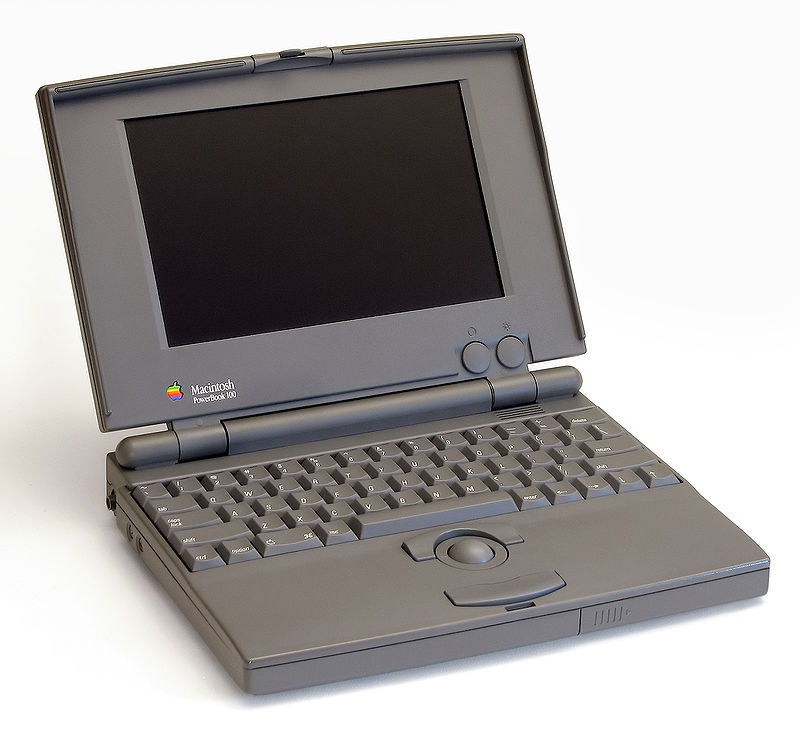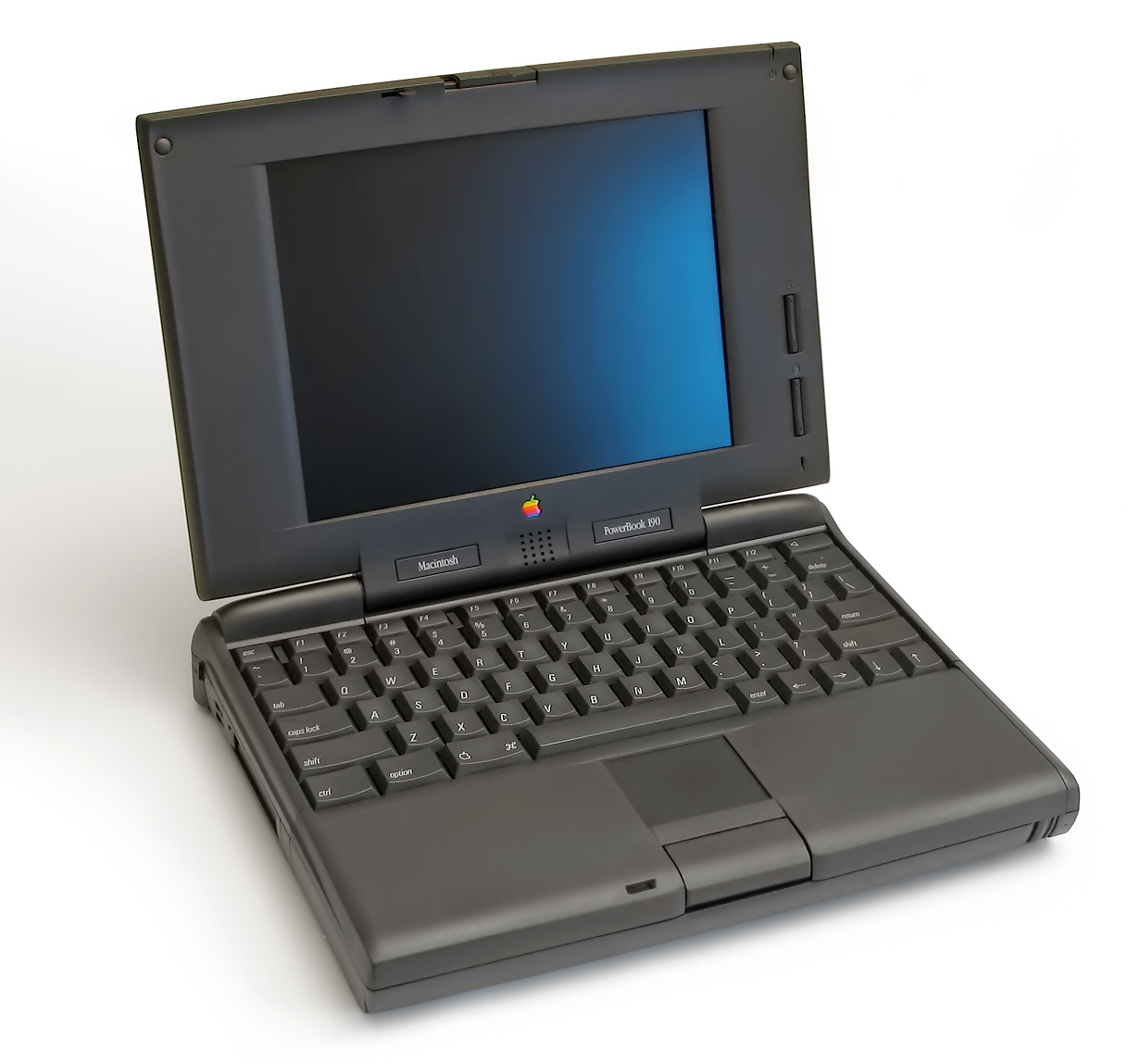The history of portable computers from Apple's workshop is respectably long and varied. The path taken by the Cupertino company from the first models of this type to the current ones MacBooks, was often convoluted, full of obstacles, but also indisputable successes. Among these successes, the PowerBook 100, which we will briefly mention in today's article, can be included without discussion.
It could be interest you
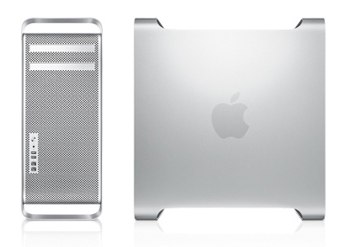
power book 100 was launched on the market in the second half of October 1991. At that time, humanity was still quite a few years away from the arrival of Wi-Fi and other wireless technologies - or rather, their massive expansion - but even then, the lightest possible notebooks become an increasingly desirable commodity. The PowerBook 100 is largely responsible for bringing laptops into the mainstream over time. The PowerBook 100 wasn't Apple's first attempt at a laptop, but many consider it Apple's first true laptop by modern standards. meaning. The Mac Portable from 1989, for example, was theoretically a portable computer, but its weight was still quite high, and so was its price - which is why it never became a market hit.
With the release of the new PowerBooks, Apple has drastically reduced prices, at least compared to the aforementioned Mac Portable. October 1991 PowerBooks came in three configurations: the low-end PowerBook 100, the mid-range PowerBook 140, and the high-end PowerBook 170. Their price ranged from $2 to $300. In addition to prices, Apple has also radically reduced the weight of its portable novelty. While the Mac Portable weighed around seven kilograms, the weight of the new PowerBooks was around 4 kilograms.
The PowerBook 100 differed in appearance from the PowerBook 140 and 170. This was because the latter two were designed by Apple, while Sony was involved in the design of the PowerBook 100. The PowerBook 100 came with 2 MB of expandable RAM (up to 8 MB) and a 20 MB to 40 MB hard drive. The floppy drive only came standard with the two high-end models, but users could purchase it as a separate external peripheral. Among other things, the distinguishing feature of the trio of new PowerBooks was an integrated trackball for controlling the cursor.
Various models of PowerBooks gradually emerged from Apple's workshop:
In the end, the success of the PowerBook 100 was somewhat of a surprise even for Apple itself. The company allocated a "mere" million dollars for their marketing, but the advertising campaign made an impression on the target group. In its first year of sales, the PowerBook earned Apple more than $1 billion and cemented its position as a computer for the traveling businessperson, a market the Mac had previously struggled to penetrate. In 1992, PowerBook sales helped generate $7,1 billion in revenue, Apple's most successful fiscal year to date.
It could be interest you
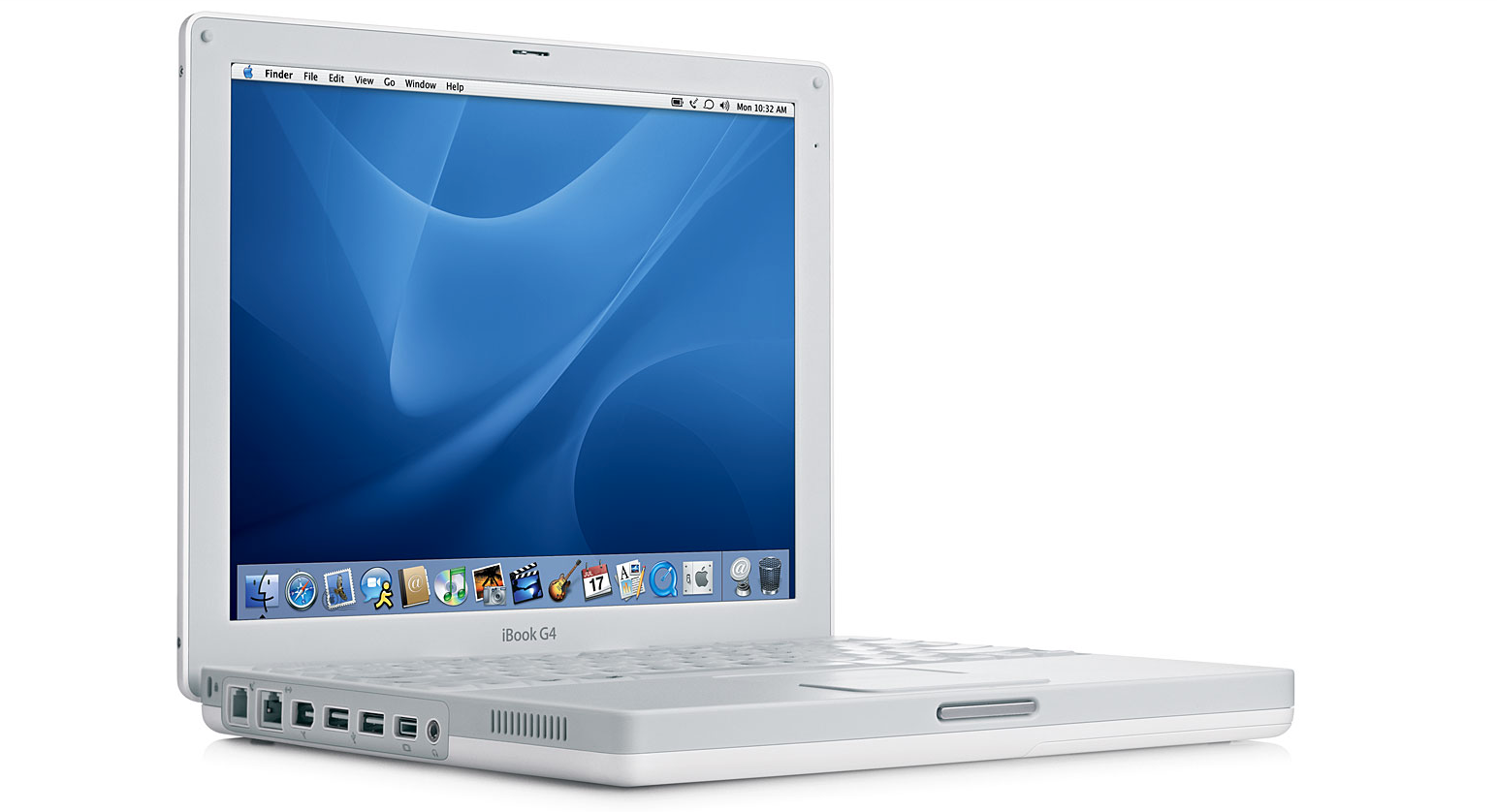
Even though Apple no longer uses the PowerBook name, there's no doubt that this computer fundamentally changed the way laptops look and work—and helped start a revolution in mobile computing.

